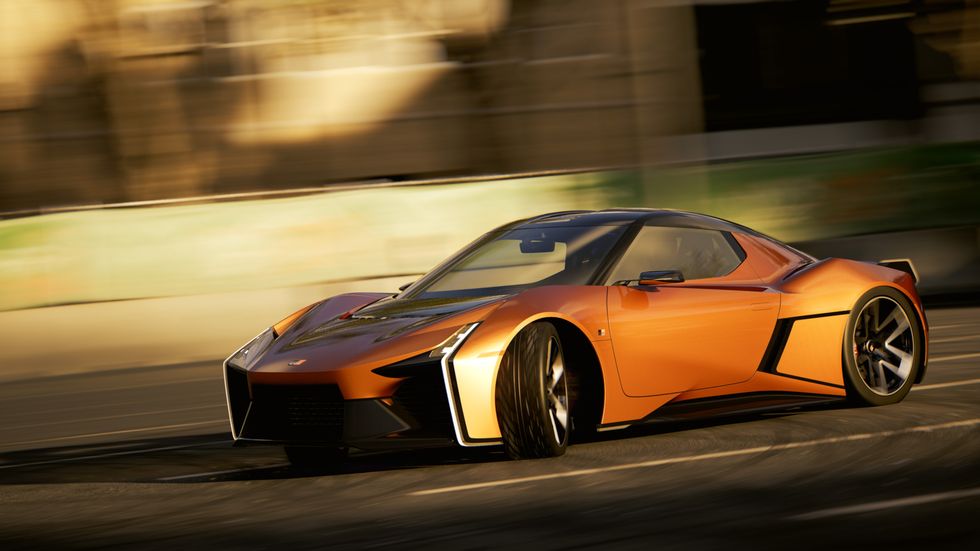MTN South Africa has once again emerged as the country’s top-performing mobile network, securing the highest score in the Q2 2025 MyBroadband Network Quality…
Tokyo showcases a comeback for Japanese car design
Tokyo is a global epicentre of futurism and design. Since the early 1980s, product design, industrial innovation and tech integration have found a willing audience of early adopters within Japan’s enormous capital city.
But the once-vaunted Tokyo auto show has waned in purpose during the last two decades, mirroring the Japanese car industry. During the late 1980s and 1990s, when Japan’s auto industry had the measure of American and German rivals, the country’s national auto show was an unmissable event.
The Japanese lost decade, a stagnant domestic auto industry, and the ascendancy of Korean design have challenged the Tokyo auto show and all it once represented.
![]()
Tokyo show without silly concepts
This year, the show rebranded as a mobility event instead of a traditional auto show. This has become a global theme, with car companies wishing to show a sense of broader mobility awareness and a willingness to integrate with public transport, e-bikes and ride-hailing services.
The naming convention might have changed, but this year’s Tokyo mobility show celebrated Japanese car culture and design excellence more than any futuristic integrated mobility apps.
Although very different in their corporate culture and product histories, Toyota and Mazda revealed pioneering concept cars. And they weren’t pods or silly SUVs. The greatest surprise of this year’s Tokyo mobility show was that Japanese designers appear to have rediscovered their legacy, regarding form and proportion, without being clumsy in execution.
![]()
A marvel of form and function
Mazda’s Iconic SP concept is a spectacularly balanced design with incredibly clean surfacing. It harks back to the feel of Mazda’s RX-7, and fans of the Hiroshima brand would be well pleased if Iconic SP became a production vehicle.
Powered by electric motors with a total system out of 268kW, the Iconic SP weighs 1450kg, which should make for potent performance. The powertrain is interesting, as it includes a rotary internal-combustion engine, functioning as a range-extender for the Iconic SP’s battery packs.

Low profile batteries for Toyota
The world’s biggest car company would never underdeliver at its local auto show, and Toyota did not disappoint in Tokyo. FT-Se is the brand’s vision of a future two-seater performance car, powered by batteries. It features an extremely low front third, maximizing the aerodynamic benefits of not having an engine up-front.
Although Toyota has not confirmed the exact technical specifications for its FT-Se, the company did admit that a new battery structure was being engineered for the car. And that battery design is all about achieving the lowest possible centre of gravity, with the neatest packaging. How? By creating cells with a stack height of less than 100mm.

More than a statement – from Toyota
What is the likelihood of FT-Se becoming a production car? Toyota’s sportscar product strategy accounts for a trio of products, which means the current 86 and Supra need a third sportscar sibling to complete the brand’s planning statement. And the battery-powered FT-Se would make an excellent third offering in Toyota’s sportscar portfolio.
All the Japanese car companies did have more modestly styled EVs on display at the Tokyo mobility show, but the theme was expressionist design. And for fans and followers of Japanese car culture, it’s been a long time waiting for a revival event, which is exactly what the 2023 Tokyo mobility show was.


